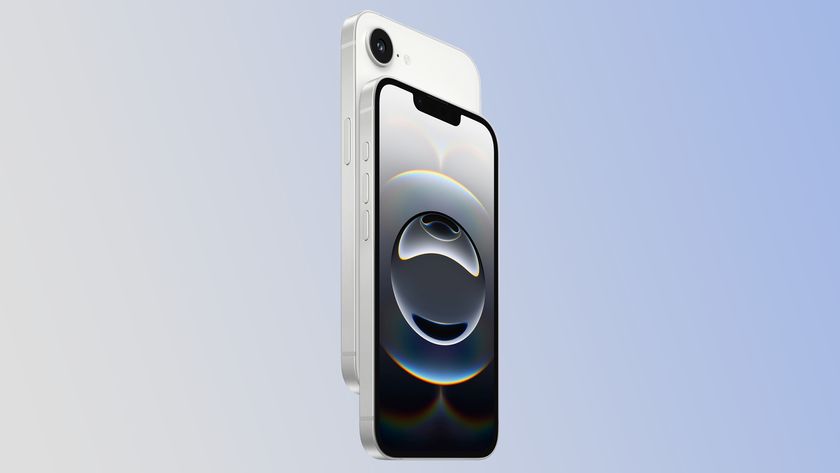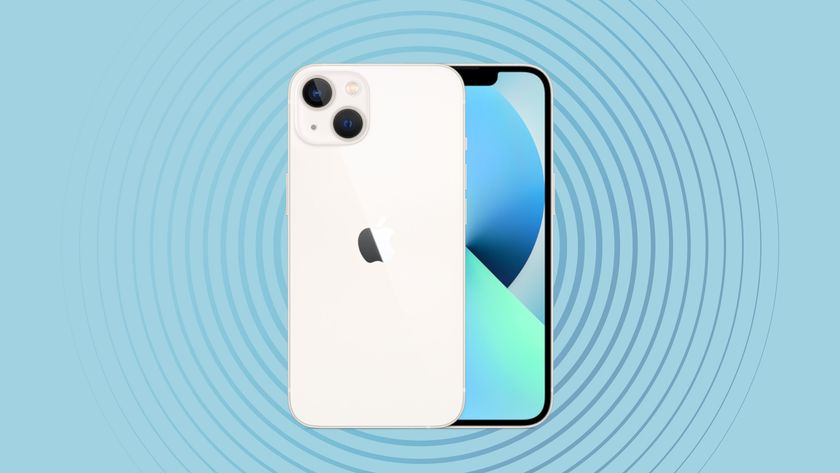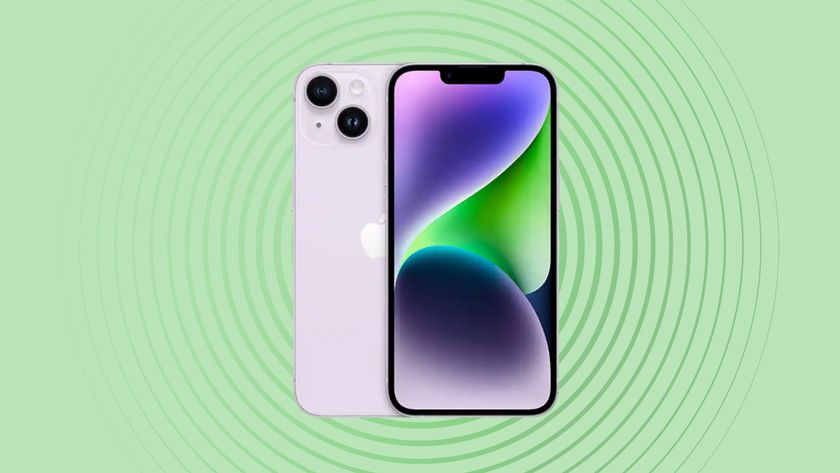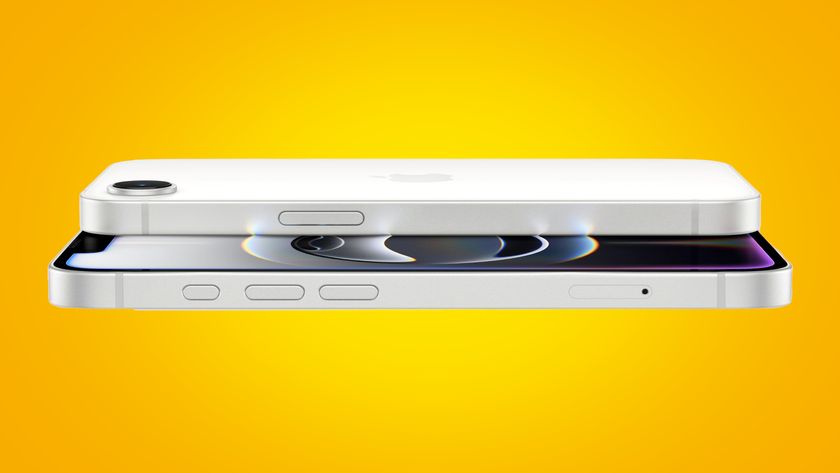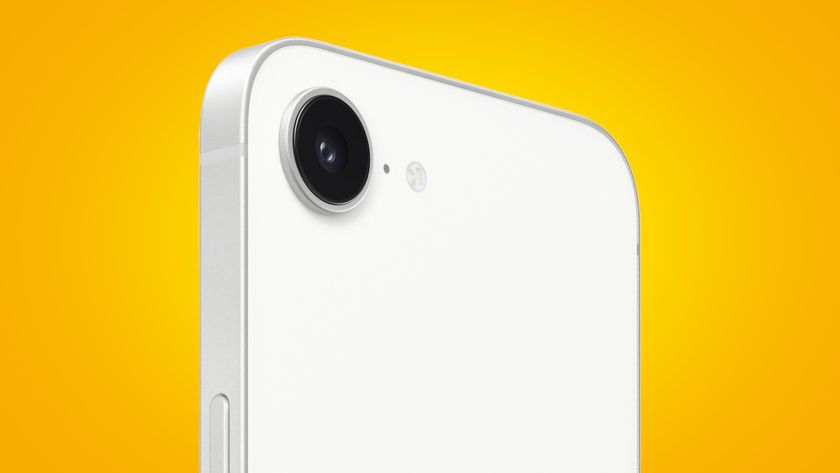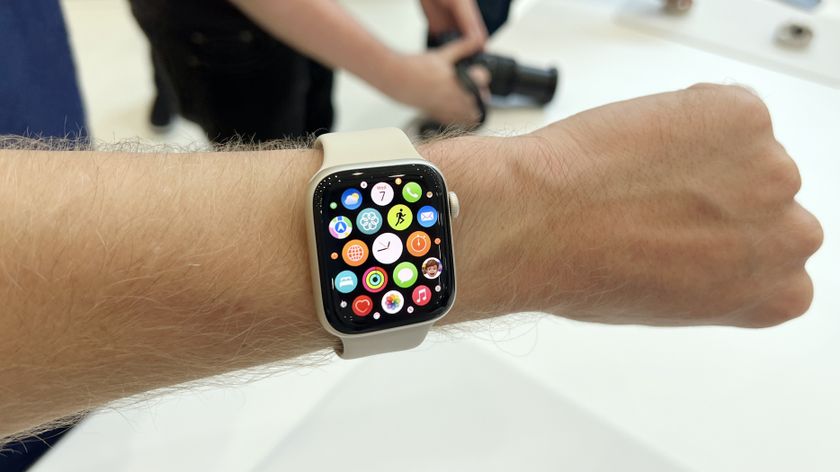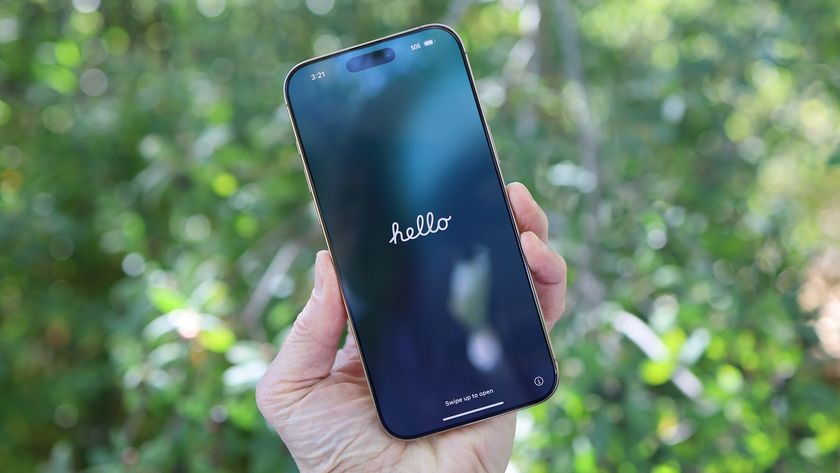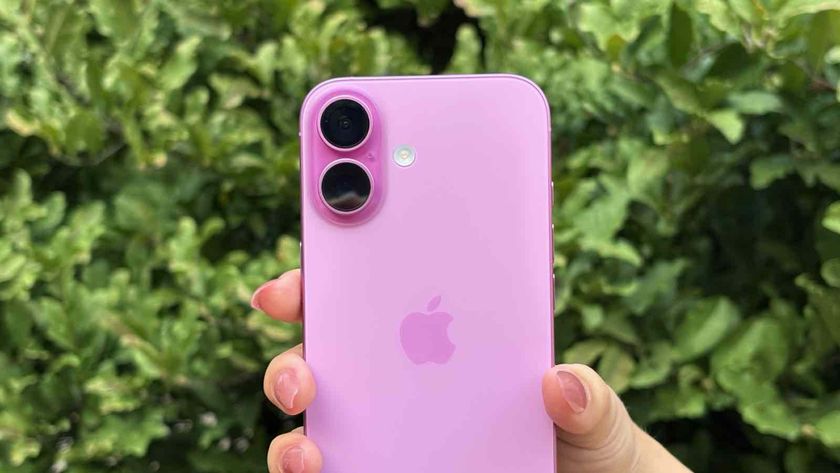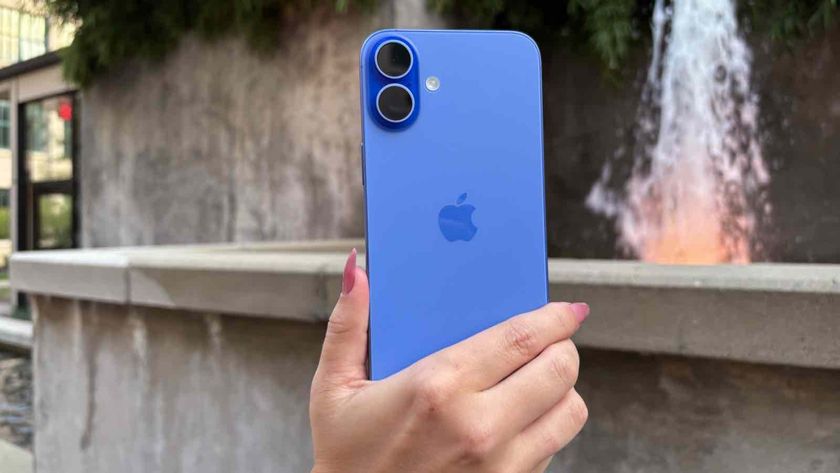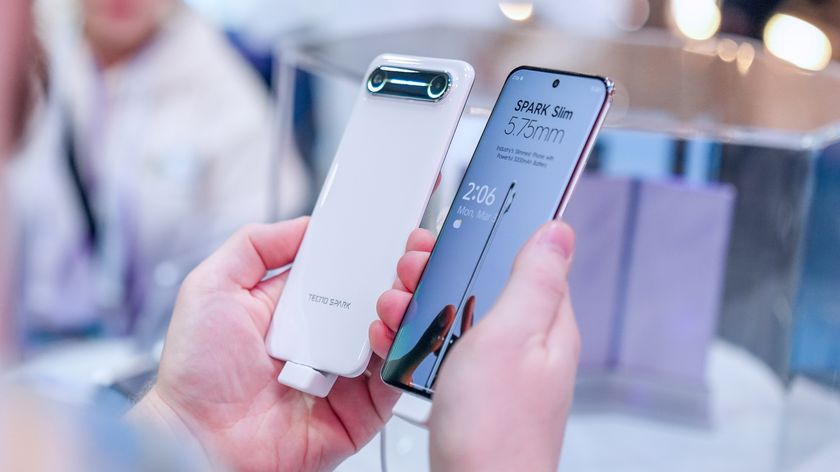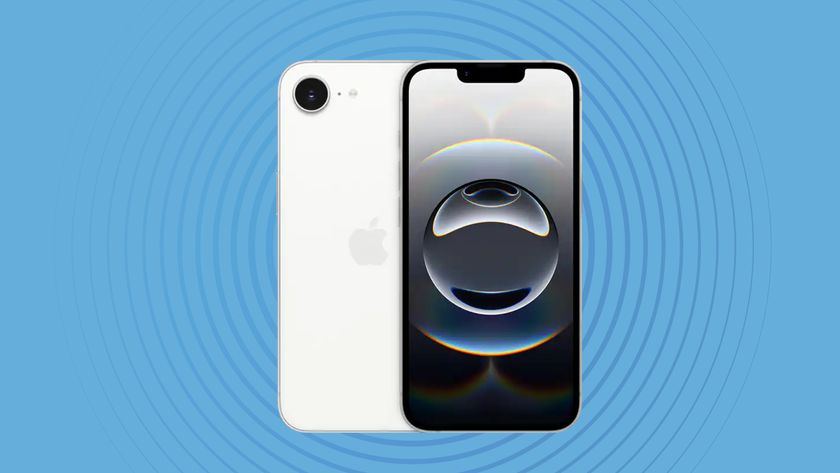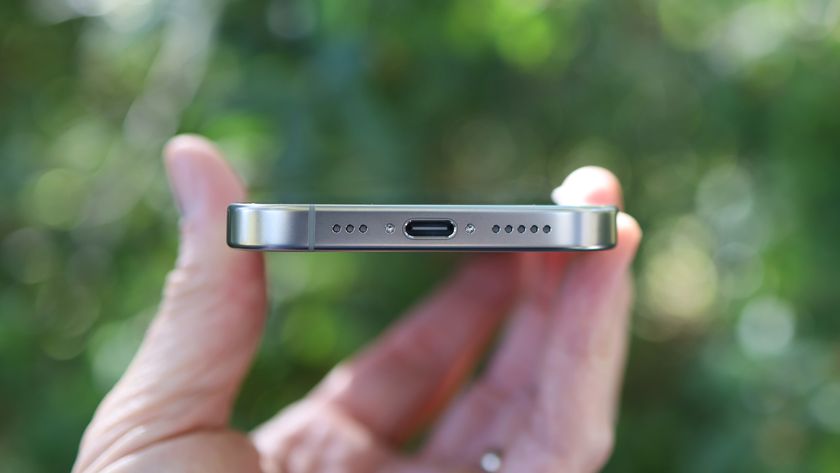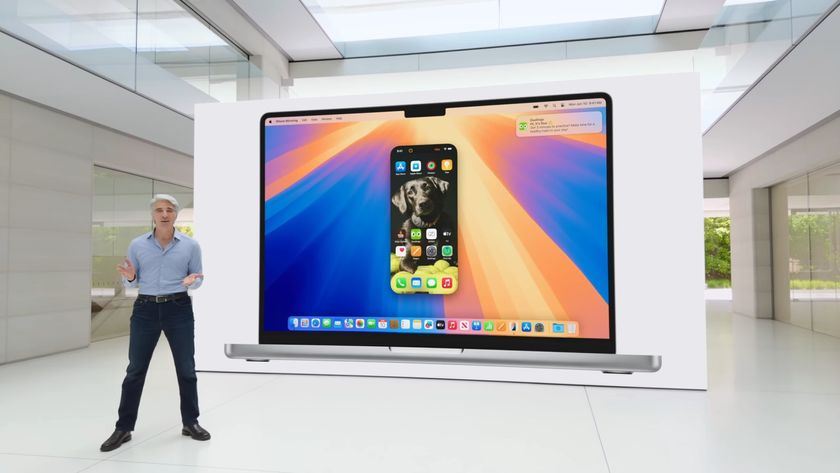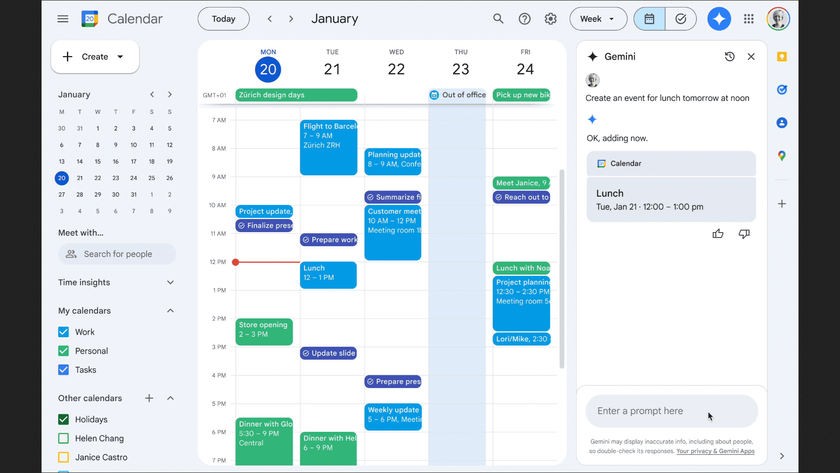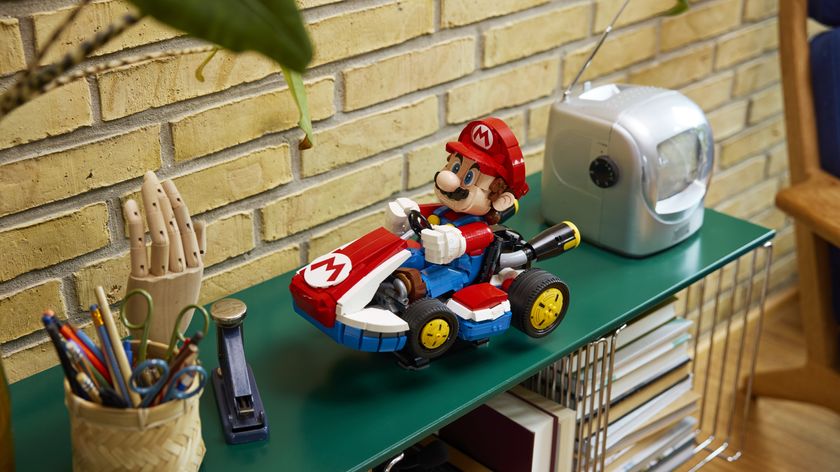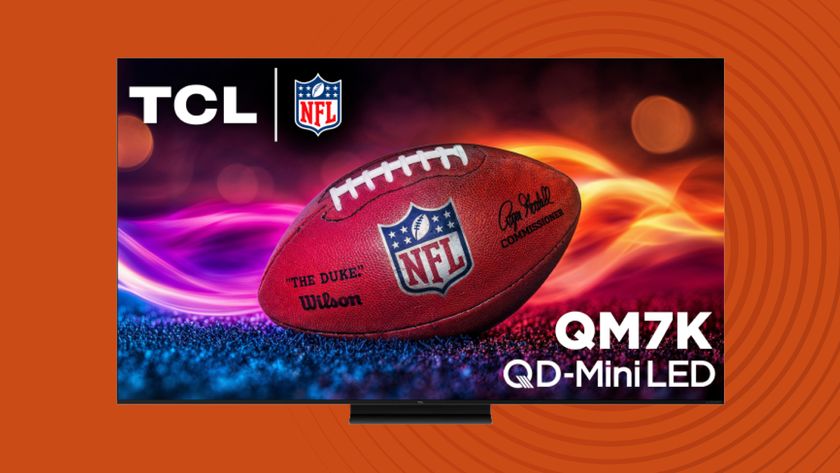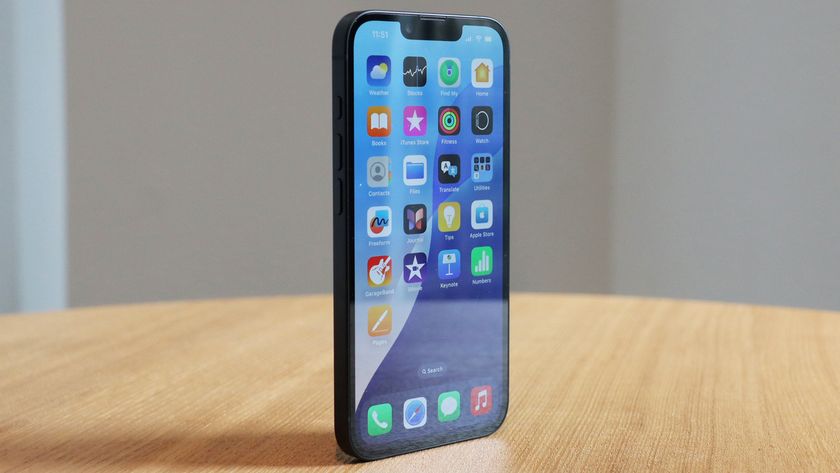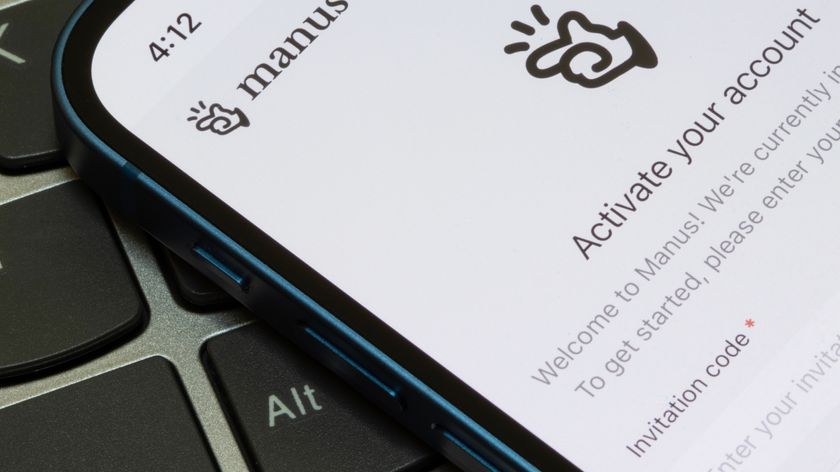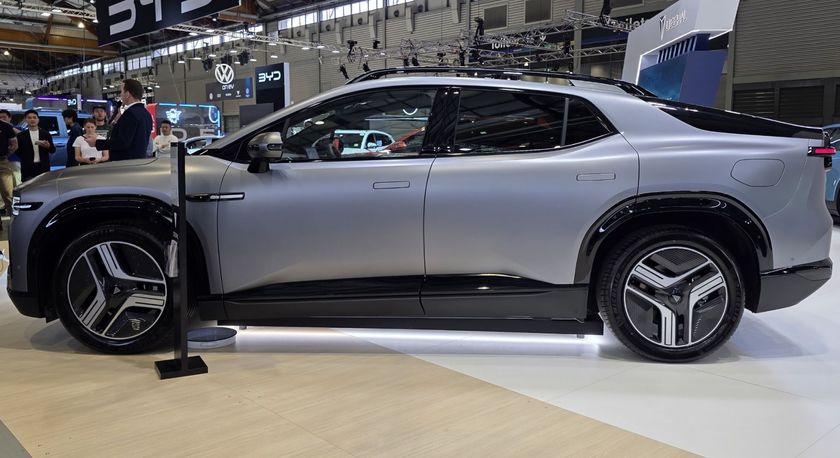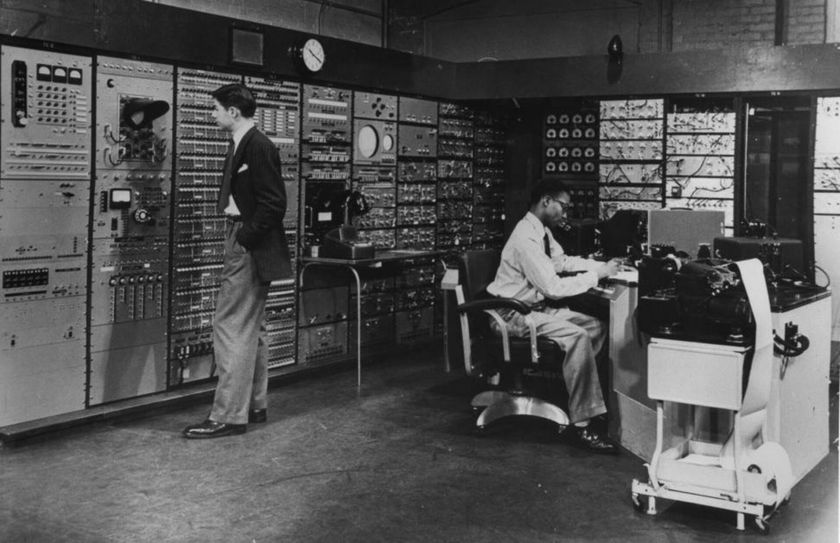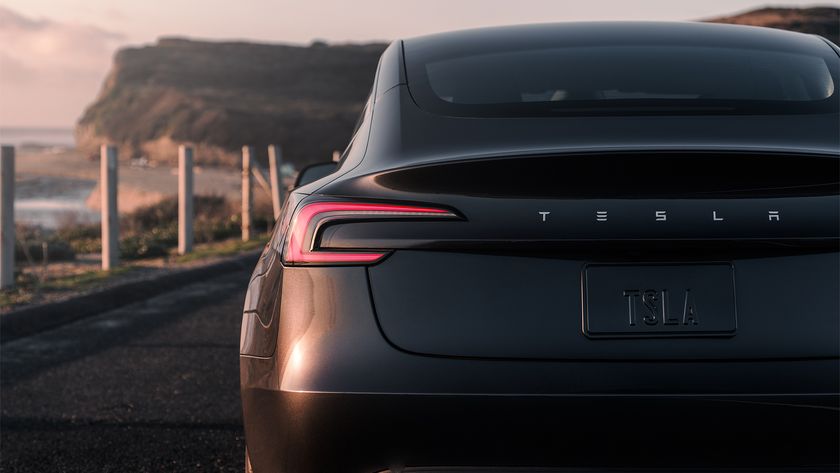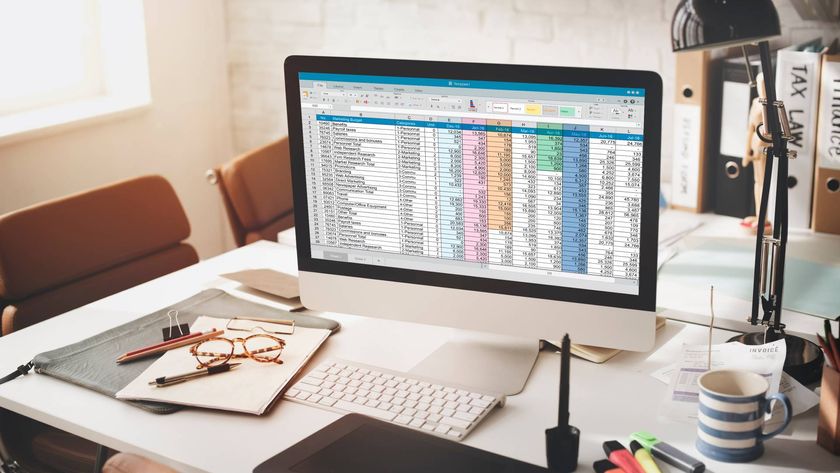The iPhone 14 launch is likely to mean the end for the iPhone 11
And a price drop for the iPhone 12
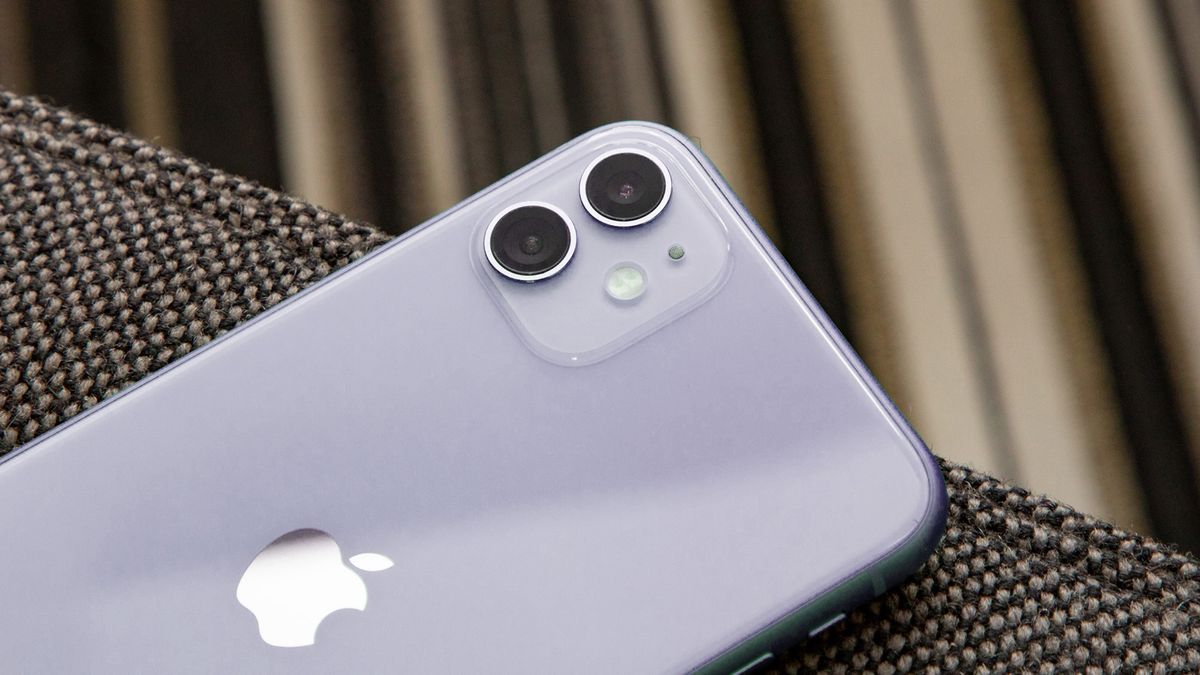
The arrival of the iPhone 14 later this year will mean the iPhone 11 gets shunted out of Apple's smartphone range, according to one tipster – so if you want the older phone then you've got a few months left to get it direct from Apple.
Sources speaking to iDropNews say that the iPhone 11 will be gone after the iPhone 14 range appears – not only due to its age but also because it potentially takes away sales from the iPhone SE (2022) that Apple launched in March.
Apparently, the iPhone 11 has sold more than the new iPhone SE since the latter phone arrived. The iPhone SE (2022) is the cheaper model of the pair, but the iPhone 11 has the more modern-looking design and features an extra camera on the back too.
The price is right
At the time of writing, the starting price for the iPhone 11 on Apple's website is $499 / £489 / AU$849 with 64GB of storage, compared with $429 / £419 / AU$719 for this year's iPhone SE with the same 64GB of storage on board.
The same sources say that the iPhone 12 is going to stay on sale for another year, but it will get a price reduction – perhaps to the level the iPhone 11 is currently at. Right now, iPhone 12 pricing starts at $699 / £679 / AU$1,199.
It's not unusual for the iPhone range to be trimmed after the launch of a new model. If Apple sticks to its usual schedule this year, then the iPhone 14, the iPhone 14 Max, the iPhone Pro and the iPhone 14 Pro Max will all see the light of day in September.
Analysis: Apple needs affordable options
The iPhone 13 is a fantastic phone – just like all of its predecessors – but there's no doubt that it's expensive. You can pick up the standard model for $799 / £779 / AU$1,349, though the mini variant (which may not last to the iPhone 14) is a little bit cheaper.
Get daily insight, inspiration and deals in your inbox
Sign up for breaking news, reviews, opinion, top tech deals, and more.
With that in mind, for the past few years Apple has been keeping older iPhones around as cheaper alternatives. That makes a lot of sense, considering iPhones are usually packed with powerful components and are by no means obsolete after 12 months.
Then the original iPhone SE arrived in 2016, based on the looks of the iPhone 5. That lowered the entry price for an iPhone even further, though you had to put up with a rather old-fashioned design, thicker bezels and no Face ID.
The latest iPhone SE still has the same look, which is perhaps no surprise considering Apple doesn't tend to rush into aesthetic changes. What's important is that cheaper iPhones are available, a strategy which will continue for the coming years.

Dave is a freelance tech journalist who has been writing about gadgets, apps and the web for more than two decades. Based out of Stockport, England, on TechRadar you'll find him covering news, features and reviews, particularly for phones, tablets and wearables. Working to ensure our breaking news coverage is the best in the business over weekends, David also has bylines at Gizmodo, T3, PopSci and a few other places besides, as well as being many years editing the likes of PC Explorer and The Hardware Handbook.
